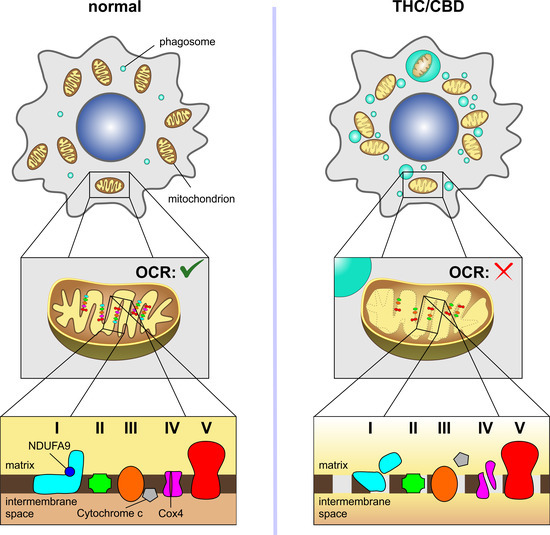
“Introduction: Brain tumors have high morbidity and mortality rates, accounting for 1.4% of all cancers. Gliomas are the most common primary brain tumors in adults. Currently, several thera-peutic approaches are used; however, they are associated with side effects that affect pa-tients’quality of life. Therefore, further studies are needed to develop novel therapeutic protocols with a more favorable side effect profile. In this context, cannabinoid compounds may serve as potential alternatives.
Objective: This study aimed to review the key enzymatic targets involved in glioma pathophysi-ology and evaluate the potential interaction of these targets with four cannabinoid derivatives through molecular docking simulations.
Methods: Molecular docking simulations were performed using four cannabinoid compounds and six molecular targets associated with glioma pathophysiology.
Results: Encouraging interactions between the selected enzymes and glioma-related targets were observed, suggesting their potential activity through these pathways. In particular, cannabigerol showed promising interactions with epidermal growth factor receptors and phosphatidylinositol 3-kinase, while Δ-9-tetrahydrocannabinol showed remarkable interactions with telomerase reverse transcriptase.
Conclusion: The evaluated compounds exhibited favorable interactions with the analyzed enzy-matic targets, thus representing potential candidates for further in vitro and in vivo studies.”









